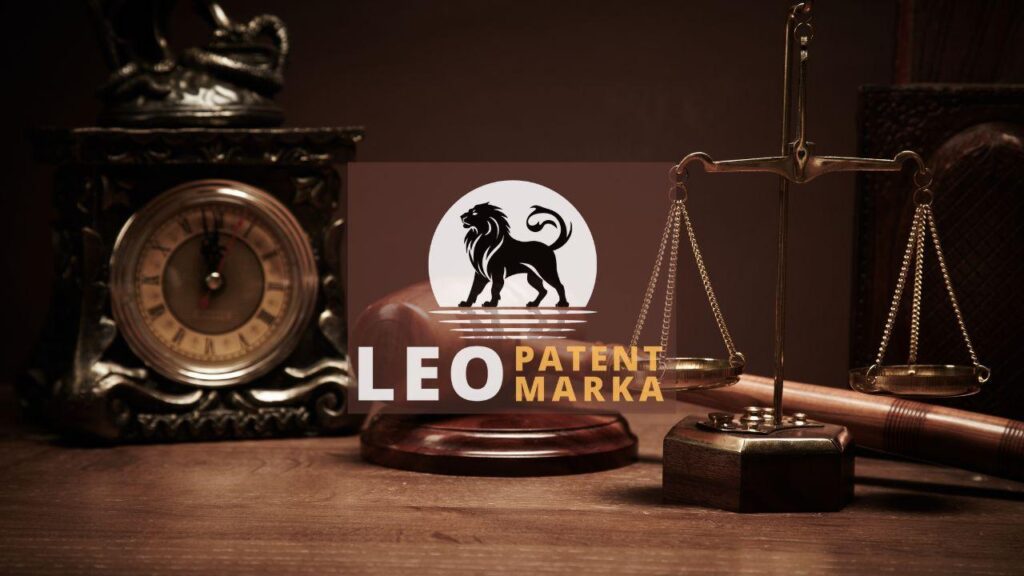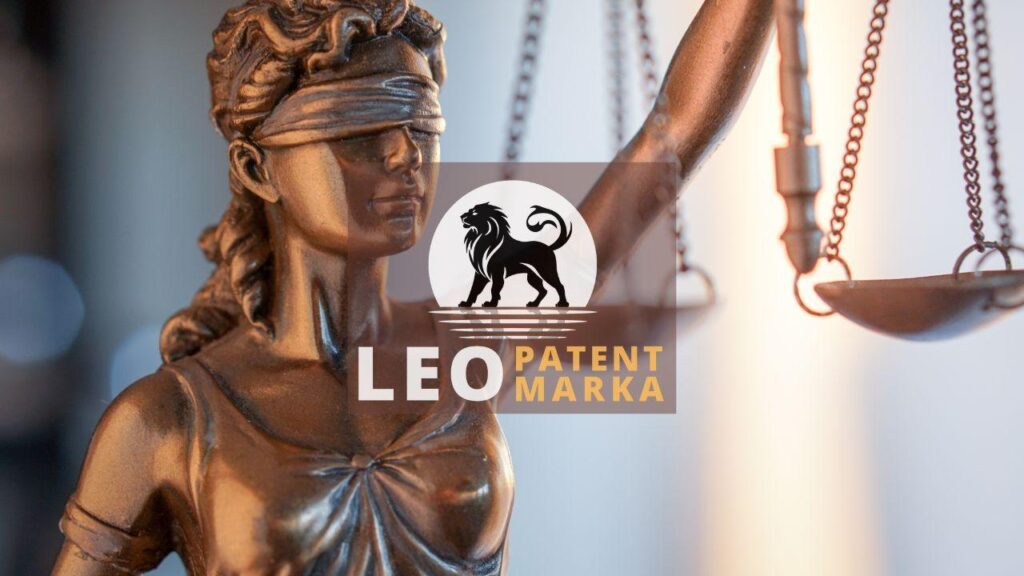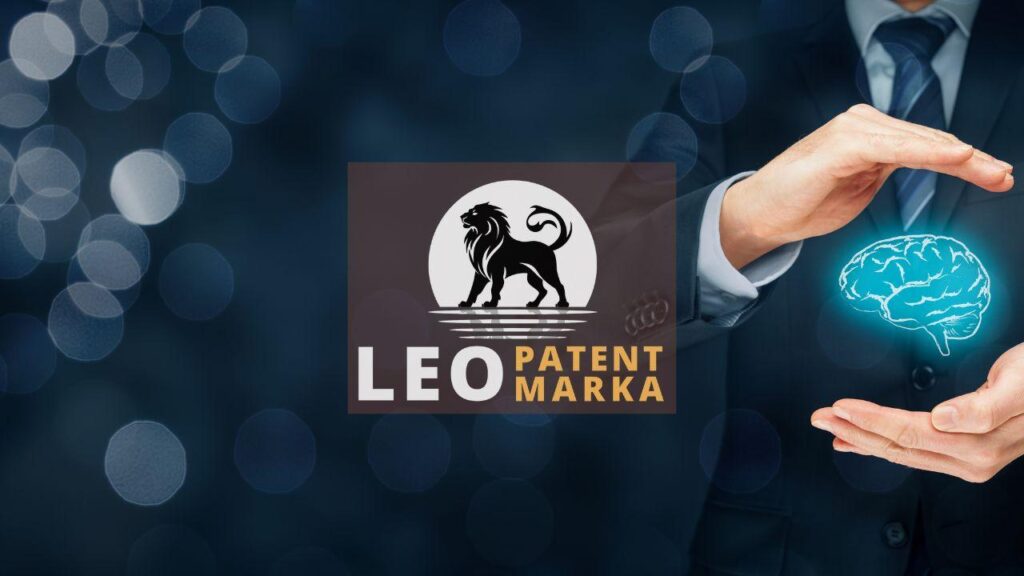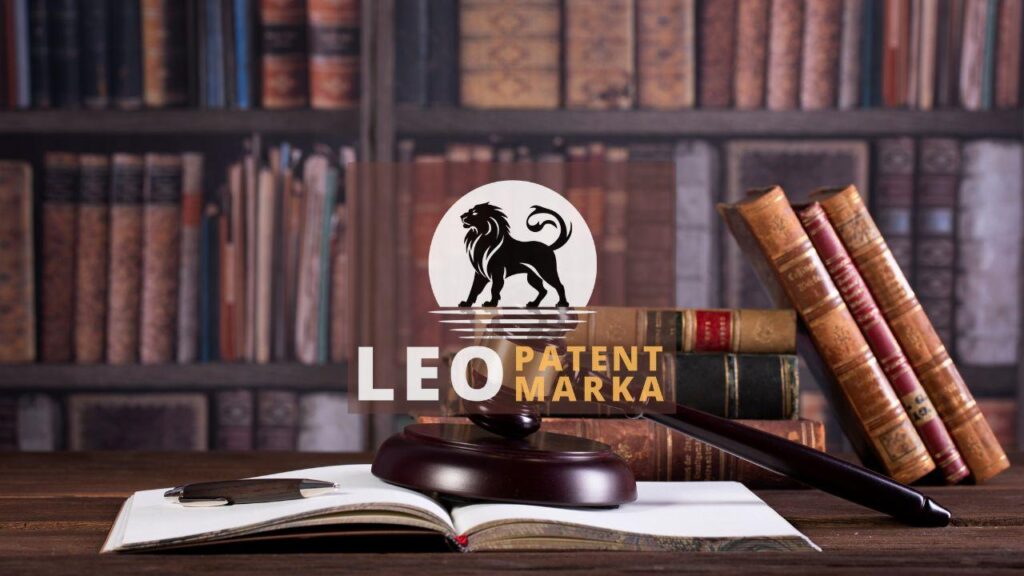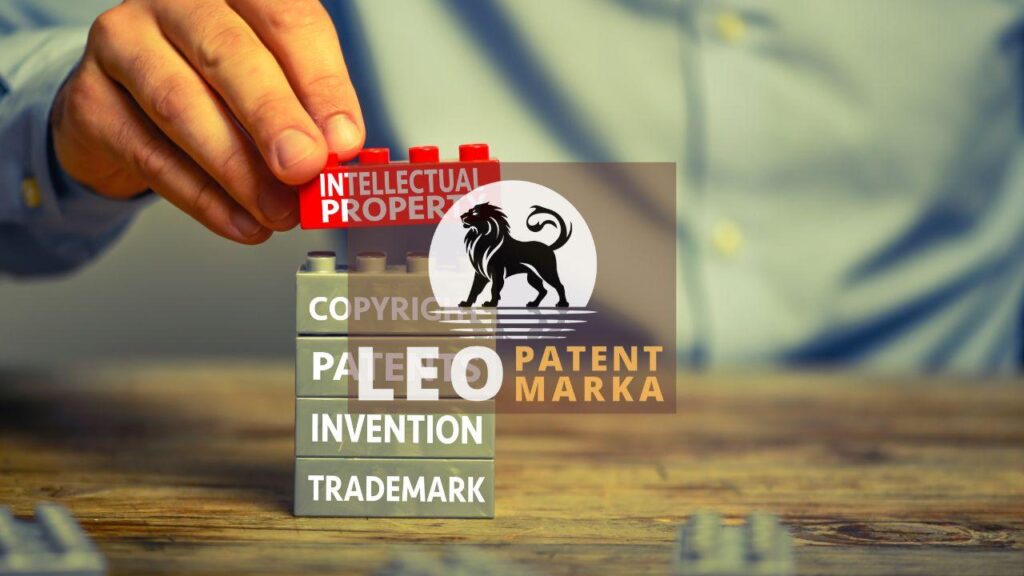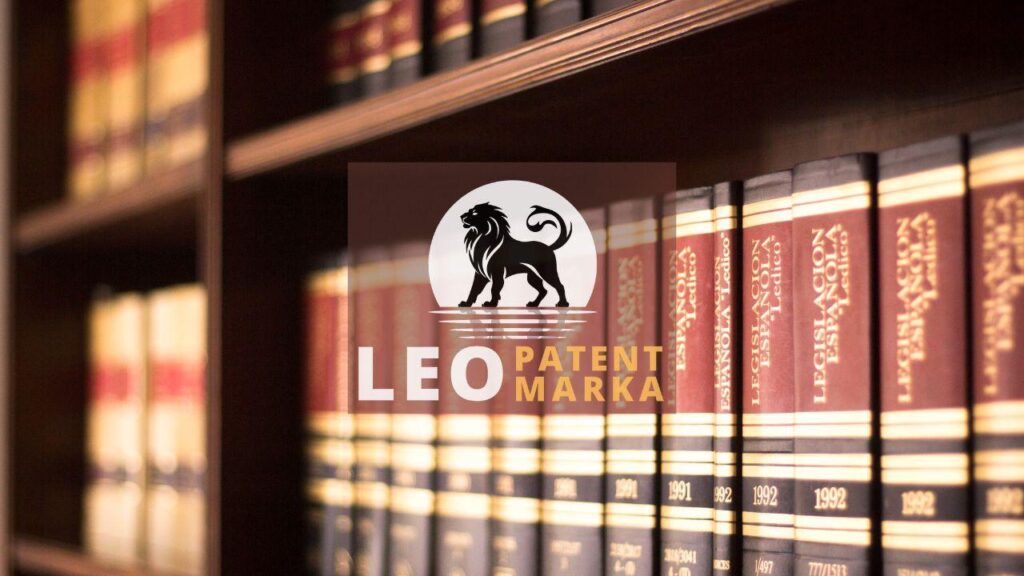At Leo Patent, we understand that the geographical scope of a patent is a crucial consideration for businesses and inventors looking to protect their innovations. In Turkey, the geographical reach of a patent can significantly impact market strategy, enforcement abilities, and overall competitiveness. As experts in intellectual property consulting, we provide comprehensive insights into the intricacies of patent territoriality, examining how local and international regulations affect your rights. Our team guides you through the maze of jurisdictional stipulations, ensuring your patents are safeguarded across desired regions. In this blog post, we will delve into the strategic considerations and practical implications of patent geographical scope, helping you make informed decisions about where to seek patent protection for your valuable inventions.
National vs. International Patent Coverage
When considering patent coverage, it’s essential to distinguish between national and international patent rights. In Turkey, a national patent provides protection solely within the Turkish borders, allowing the patent holder to prevent others from making, using, or selling the patented invention in Turkey. Conversely, an international patent, facilitated through treaties such as the Patent Cooperation Treaty (PCT) or the European Patent Convention (EPC), extends the inventor’s reach, enabling protection in multiple countries from a single application. Understanding the differences between these options is critical for strategizing market entry and minimizing legal vulnerabilities. At Leo Patent, we help you navigate these choices, ensuring that your intellectual property strategy aligns with your overarching business objectives.
National patent protection in Turkey is obtained by filing an application with the Turkish Patent and Trademark Office (TurkPatent). This process involves a thorough examination of the patent application to ensure it meets all legal requirements, culminating in the grant of a patent that affords exclusive rights within Turkey. In contrast, pursuing international patent protection through platforms like the PCT or EPC involves a more complex and extended timeline, where the initial application undergoes similar rigorous scrutiny before entering national phases in selected countries. Each country’s respective intellectual property office then assesses the patent application based on local laws and conventions. This dual approach requires a strategic balancing act, taking into consideration the immediate market priorities, potential expansion, and budgetary constraints. Our team at Leo Patent is well-versed in managing these complexities, offering tailored advice and handling the intricacies of both national and international patent applications to safeguard your innovations effectively.
Choosing between national and international patent coverage hinges on your business goals, resource allocation, and the competitive landscape. For businesses primarily focused on the Turkish market, a national patent may suffice, offering robust protection and a streamlined enforcement process within Turkey. However, for those eyeing expansion into multiple countries, international patent routes provide the flexibility to secure rights across various jurisdictions from a single application. At Leo Patent, we work closely with you to assess your innovation’s market potential and guide you in selecting the optimal path that aligns with your strategic vision. By leveraging our expertise, you can navigate the complexities of the patent system confidently and ensure that your intellectual property is fortified against infringement, paving the way for long-term business success.
Key Factors in Determining Patent Jurisdiction
When determining the jurisdiction for patent protection, several key factors must be considered to maximize the benefits of your intellectual property. First and foremost, the target market for your invention plays a critical role; focusing on countries where potential users and customers are located ensures that you can effectively commercialize your innovation. Additionally, understanding the enforcement mechanisms and litigation climate in different jurisdictions is crucial, as robust legal frameworks can provide stronger protection and deterrence against infringement. Finally, evaluating the costs associated with acquiring and maintaining patents in various regions, including application fees, translation costs, and annuities, allows you to strategically allocate resources and avoid unnecessary expenditures. At Leo Patent, we help you weigh these factors to develop a tailored patent strategy that aligns with your business objectives and maximizes your competitive edge.
One indispensable factor in determining patent jurisdiction is the economic importance of the region in question. Securing patent rights in economically significant markets can substantially enhance the commercial value of your innovation, facilitating licensing opportunities and opening doors to potential investors. Furthermore, the innovation landscape of a specific country, including the presence of local competitors and the pace of technological advancement, should be assessed. Regions with a high concentration of technological development may present both opportunities and challenges, necessitating more vigilant patent strategies to monitor and counteract competitive threats. At Leo Patent, we provide in-depth market analyses and competitor intelligence to help you navigate these complexities, ensuring your patent portfolio is positioned to capitalize on lucrative opportunities while mitigating risks.
Moreover, international treaties and agreements play a pivotal role in shaping patent jurisdiction decisions. Instruments like the Patent Cooperation Treaty (PCT) and regional agreements such as the European Patent Convention (EPC) offer pathways to secure patent protection across multiple countries through a streamlined process. Leveraging these treaties can be advantageous for businesses seeking expansive territorial coverage without the administrative burden of filing numerous individual applications. However, each treaty and agreement comes with its own set of deadlines, procedural requirements, and fees that must be meticulously managed. At Leo Patent, we ensure that you capitalize on these international frameworks efficiently, providing you with a clear roadmap to navigate the complexities of multinational patent protection while aligning with your strategic objectives.
Challenges in Cross-Border Patent Enforcement
One of the primary challenges in cross-border patent enforcement is the lack of a unified international patent system. Each country has its own regulations, requirements, and legal procedures for granting and enforcing patents. This fragmented landscape often necessitates that inventors and businesses file separate patent applications in each jurisdiction where protection is sought, leading to increased costs and administrative burdens. Moreover, enforcing a patent right internationally can become a complex legal battle, as it involves navigating different legal frameworks, court systems, and enforcement agencies. In Turkey, understanding these international nuances is critical; our team at Leo Patent helps you tackle these challenges by offering tailored strategies to maximize your patent’s geographical protection efficiently and effectively.
Another significant challenge in cross-border patent enforcement is the varying standards of patentability and enforcement effectiveness from one country to another. For instance, what qualifies as a patentable invention in Turkey might not meet the criteria in another jurisdiction, necessitating modifications to the patent application tailored to each region’s specific requirements. Additionally, the effectiveness of patent enforcement can greatly differ; some countries might have robust legal frameworks and enforcement mechanisms, while others may lag in providing adequate protection against infringement. This disparity can complicate efforts to maintain a consistent level of protection across multiple countries. At Leo Patent, we recognize these complexities and assist our clients in navigating the diverse patent landscapes to ensure their intellectual property remains safeguarded on an international scale.
In addressing the challenges of cross-border patent enforcement, it’s also essential to consider the potential difficulties in monitoring and identifying infringements globally. The vast geographical spread and varying levels of technological advancement across regions make it challenging to detect unauthorized use of a patented invention. Additionally, the time and resources required to investigate potential infringements and pursue legal action internationally can be prohibitive for many businesses. At Leo Patent, we offer vigilant monitoring services and collaborate with international partners to swiftly identify and address infringement cases. By leveraging our extensive network and expertise, we help mitigate the risks associated with global patent protection, ensuring that your intellectual property remains secure and your competitive edge is maintained.
Disclaimer: This article is for general information purposes only and it is recommended that you consult experts and companies in that field to evaluate your specific situation. We are not responsible for any damage that may arise from the use of the information in this article.

